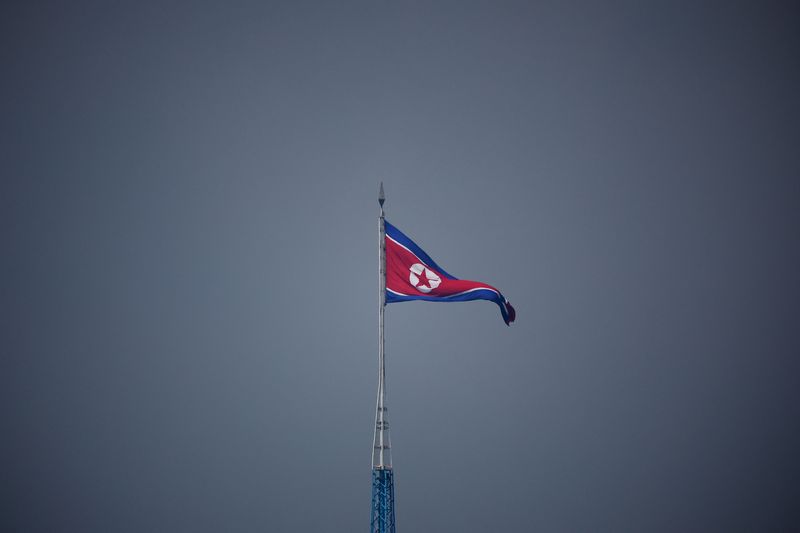The recent rising cost of airline tickets can be attributed in part to the escalating fuel prices, which significantly affect operating expenses for airlines. To counter the adverse impact of fuel price volatility, airlines often adopt a strategic approach known as fuel hedging. This practice involves entering into financial contracts to secure future fuel purchases at predetermined prices, mitigating the vulnerability to sudden spikes in fuel costs. Fuel hedging provides airlines with a degree of price certainty, offering a measure of stability in budgeting and operational planning while allowing them to better manage the economic challenges posed by fluctuating fuel prices.
Amongst the US airlines, Southwest Airlines distinguishes itself for its efficient execution of the hedging strategy. It has maintained a record of profitability since 1973, an accomplishment that sets it apart in the US airline sector. Expert observers attribute Southwest’s sustained financial success to its proficient utilization of derivatives for the purposes of hedging. An analysis of Southwest Airlines’ financial statements across multiple years reveals a distinct trend: the share of jet fuel expenses is consistently lower compared to the industry norm. This achievement can be directly attributed to the precise implementation of their jet fuel hedging strategy, a practice that effectively shields the airline from fluctuations in fuel prices.
Reference [1] examined the fuel hedging strategy of Southwest Airlines in detail. The authors pointed out,
Through research, we find that Southwest Airlines has adopted four hedging strategies, namely, call option, collar structures, call spread, and put spread. Through the combination of four hedging strategies, Southwest Airlines can well avoid the risk of jet fuel price. In addition, compared with other airlines, Southwest was able to insist on not speculating with derivatives and hedging its future jet fuel requirements. That gives Southwest a good handle on its jet fuel costs. In addition, the paper found that the COVID-19 pandemic and the oil price volatility caused by the production cut agreement had a significant impact on Southwest Airlines. In 2020, Southwest Airlines was in the situation of over-hedging, which caused great losses to the company.
In short, the paper discussed the intricacies of Southwest Airlines’ hedging strategies and demonstrated their value-added effect. It is apparent that the deployment of hedging by Southwest Airlines yields advantages. However, it is important to underscore the necessity of a well-designed hedging program, one that avoids the potential pitfall of over-hedging.
Let us know what you think in the comments below or in the discussion forum.
References
[1] Xiao Han, Hedging Strategy Analysis of Southwest Airlines, 2023, Proceedings of the 6th International Conference on Economic Management and Green Development
Further questions
What's your question? Ask it in the discussion forum
Have an answer to the questions below? Post it here or in the forum




